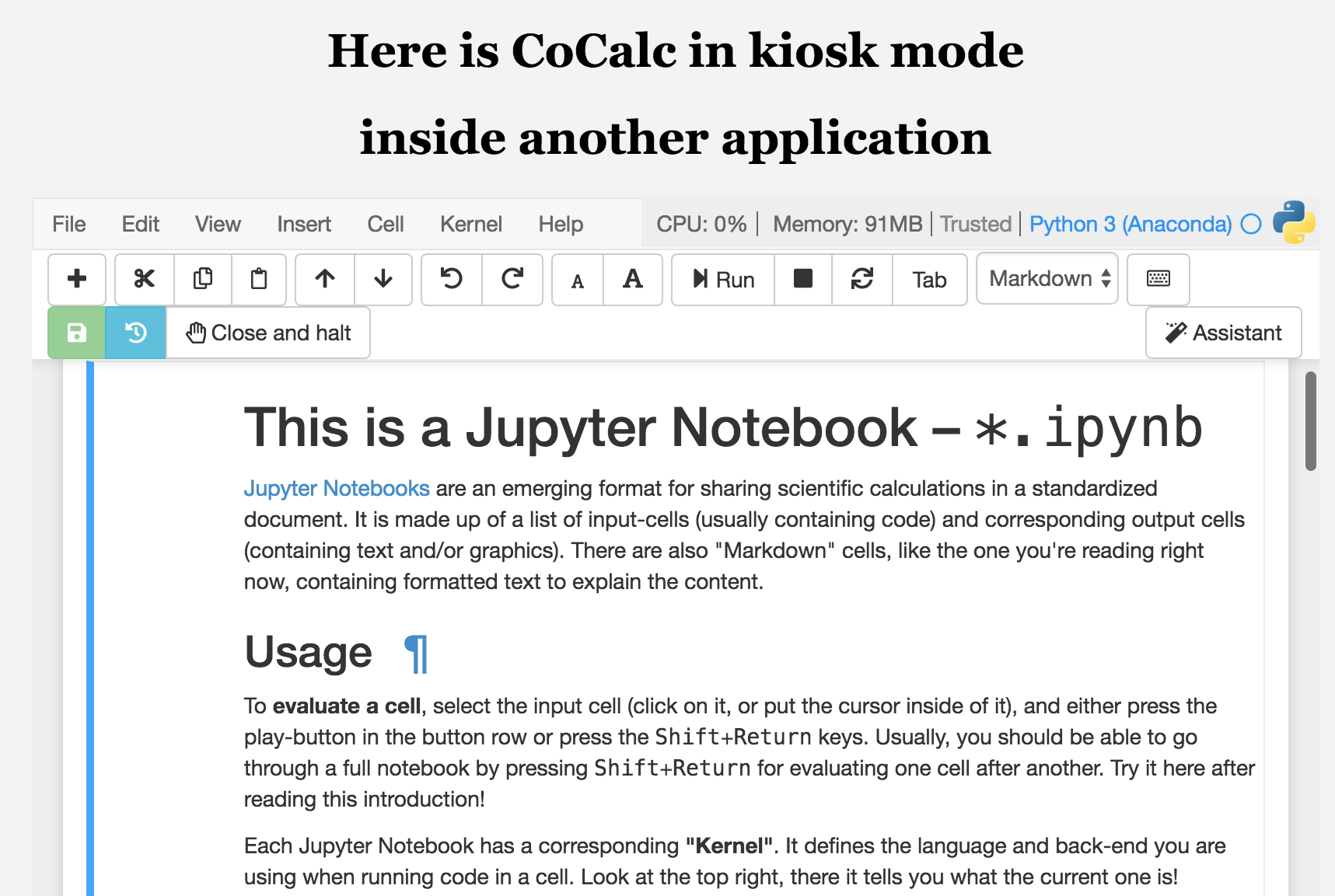Jump to: Command Mode (press Esc to enable), Edit Mode (press Enter to enable)
- Jupyter Notebook List Markdown Free
- Jupyter Notebook Markdown Nested List
- Jupyter Notebook List Markdown Download
- Jupiter Notebook List Markdown 2019
- Jupiter Notebook List Markdown Download
- Jupyter Notebook List Markdown Software
Enter | enter edit mode |
Shift+Enter | run cell, select below |
Ctrl+Enter | run cell |
Alt+Enter | run cell, insert below |
Y | to code |
M | to markdown |
R | to raw |
1 | to heading 1 |
2,3,4,5,6 | to heading 2,3,4,5,6 |
Up/K | select cell above |
Down/J | select cell below |
A/B | insert cell above/below |
X | cut selected cell |
C | copy selected cell |
Shift+V | paste cell above |
V | paste cell below |
Z | undo last cell deletion |
D | delete selected cell |
Shift+M | merge cell below |
Ctrl+S | Save and Checkpoint |
L | toggle line numbers |
O | toggle output |
Shift+O | toggle output scrolling |
Esc | close pager |
H | show keyboard shortcut help dialog |
I | interrupt kernel |
0 | restart kernel |
Space | scroll down |
Shift+Space | scroll up |
Shift | ignore |
Tab | code completion or indent |
Shift+Tab | tooltip |
Ctrl+] | indent |
Ctrl+[ | dedent |
Ctrl+A | select all |
Ctrl+Z | undo |
Ctrl+Shift+Z | redo |
Ctrl+Y | redo |
Ctrl+Home | go to cell start |
Ctrl+Up | go to cell start |
Ctrl+End | go to cell end |
Ctrl+Down | go to cell end |
Ctrl+Left | go one word left |
Ctrl+Right | go one word right |
Ctrl+Backspace | delete word before |
Ctrl+Delete | delete word after |
Esc | command mode |
Ctrl+M | command mode |
Ctrl+Shift+minus | split cell |
Ctrl+S | Save and Checkpoint |
Up | move cursor up or previous cell |
Down | move cursor down or next cell |
Ctrl+/ | toggle comment on current or selected lines |
Created by SarthakMenpara on 6/19/2017
Pre-Requisite: Installing the Jupyter Notebook. Pre-Requisite: Using the Jupyter Notebook. MarkDown Creating Horizontal Lines.

- The markdown cell in Jupyter Notebook can display six levels of heading. For making a heading, start the syntax with # followed by a space and then the text. This will make the heading of level 1 – The biggest. To decrease the size of the heading start incrementing the number of #.
- At GitHub, we’re building the text editor we’ve always wanted: hackable to the core, but approachable on the first day without ever touching a config file. We can’t wait to see what you build with it.
0 Comments for 'Jupyter Notebook '

 02 Feb 2019
02 Feb 2019Are you working with Jupyter Notebook and Python? Do you also want to benefit from virtual environments? In this tutorial you will see how to do just that with Anaconda or Virtualenv/venv.
Before we start, what is a virtual environment and why do you need it? A virtual environment is an isolated working copy of Python. This means that each environment can have its own dependencies or even its own Python versions. This is useful if you need different versions of Python or packages for different projects. This also keeps things tidy when testing packages and making sure your main Python installation stays healthy.
A commonly used tool for virtual environments in Python is virtualenv. Since Python 3.3, a subset of virtualenv has been integrated in the Python standard library under the venv module. If you are using Python 2, you can install virtualenv with:
Jupyter Notebook List Markdown Free
Now, you can create a virtual environment with:
where myenv can be replaced with the name you want for your virtual environment. The virtual environment can be found in the myenv folder. For Python >= 3.3, you can create a virtual environment with:
After you have created your virtual environment, you can activate the virtual environment with:
To deactivate the virtual environment, you can run deactivate. To delete the virtual environment you just need to remove the folder with the virtual environment (e.g. rm -r myenv). For further information, have a read in the virtualenv documentation or venv documentation.
Let’s have a look how to create an virtual environment with Anaconda. Anaconda is a Python (and R) distribution that has the goal to simplify package management and deployment for scientific computing. After the installation you can create the conda virtual environment with:
where myenv is the name of your new environment. If you want a specific Python version that is not your current version, you can type:
The environment is then stored in the envs folder in your Anaconda directory. After you have created the enviroment, you can activate it by typing:
If you now run python, you’ll see that you are in your freshly created virtual environment. To deactivate the environment you can type conda deactivate and you can list all the available environments on your machine with conda env list. To remove an enviroment you can type:
After creating your environment, you can install the packages you need besides the one already installed by conda. You can find more information on how to manage conda environments in this user guide.

Jupyter Notebook makes sure that the IPython kernel is available, but you have to manually add a kernel with a different version of Python or a virtual environment. First, make sure your environment is activated with conda activate myenv. Next, install ipykernel which provides the IPython kernel for Jupyter:
Jupyter Notebook Markdown Nested List
Next you can add your virtual environment to Jupyter by typing:

Jupyter Notebook List Markdown Download
This should print the following:
In this folder you will find a kernel.json file which should look the following way if you did everything correctly:
That’s all to it! Now you are able to choose the conda environment as a kernel in Jupyter. Here is what that would look like in JupyterLab:
After you deleted your virtual environment, you’ll want to remove it also from Jupyter. Let’s first see which kernels are available. You can list them with:
Jupiter Notebook List Markdown 2019
This should return something like:
Now, to uninstall the kernel, you can type:
Jupiter Notebook List Markdown Download
Image from Wikimedia CommonsJupyter Notebook List Markdown Software
Please enable JavaScript to view the comments powered by Disqus.Related Posts
